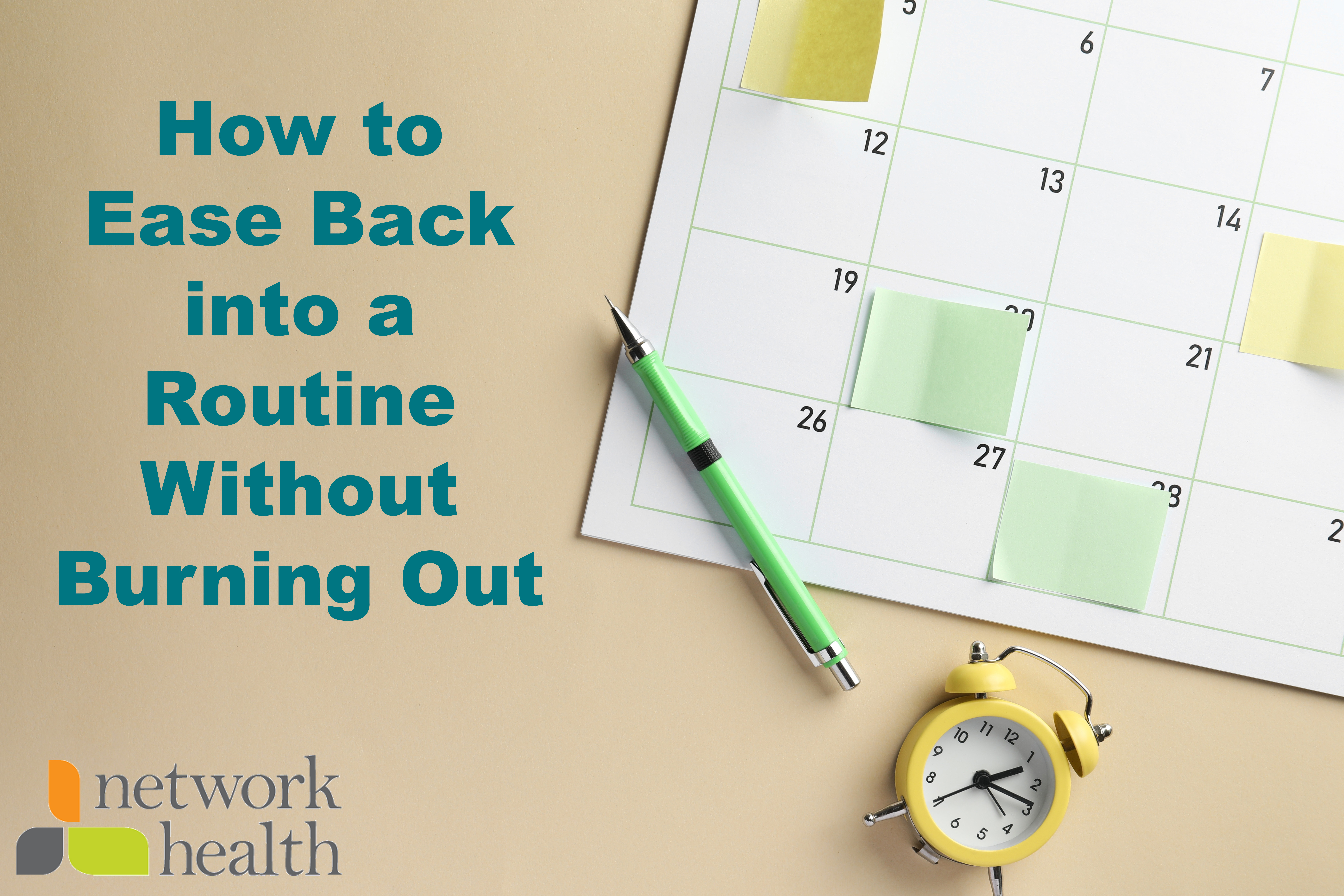How to Prepare to Donate Blood

What Do I Need to Know to Donate Blood?
A recent study by Ohio University psychologists discovered the key reason people are fearful about donating blood. It’s not needles, the sight of blood or the pain. It’s the fear of fainting, even though fainting rarely happens to blood donors. In reality, less than 1 percent of people faint during or after a donation.
Blood donation tips and things to keep in mind
If you’ve never donated blood, your experience will go more smoothly with some preparation. Here are some tips to help you get ready to donate.
Stay hydrated
Half your blood is made of water, so it’s important to be fully hydrated. The American Red Cross recommends drinking an extra 16 ounces, or 2 cups, of water before donating blood. Avoid drinking alcohol at least 24 hours before donating because it leads to dehydration.
Make sure you eat
Blood donation burns about 600 calories, so make sure you are eating well throughout the day – both before and after your donation.
Focus on iron-rich foods
To store extra iron, make sure you eat foods rich in iron such as meat, fish, shellfish, eggs, green vegetables and beans. Avoid foods that reduce iron absorption, including coffee and tea, milk, cheese, yogurt, red wine and chocolate.
Avoid fatty foods
Foods with a high fat content can make your blood difficult to test. If your donation can’t be tested for infectious disease, then it can’t be used for transfusion.
Take in vitamin C
Vitamin C is essential for absorbing iron. To increase your vitamin C, make sure you’re eating eat a variety of fruits such as cantaloupe, citrus fruits and juices, kiwi, mango, papaya, pineapple, berries, watermelon and tomatoes.
Don’t take aspirin
If you’re donating blood platelets, your system must be aspirin-free for 48 hours prior to donation.
Get a good night’s rest
Try to get a full night of sleep – between 7 to 9 hours – before you donate blood. This helps reduce the risk of adverse reactions.
Wear comfy clothes
You’ll need to roll your shirt above your elbow.
Donating blood doesn’t have to cause fear; it can be a rewarding experience. Remember, by donating one unit of whole blood, you’ve help save the lives of two to three people.
If you’re interested in becoming a blood donor, you can find a blood drive at The Community Blood Center or the American Red Cross.



